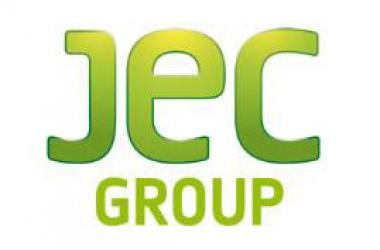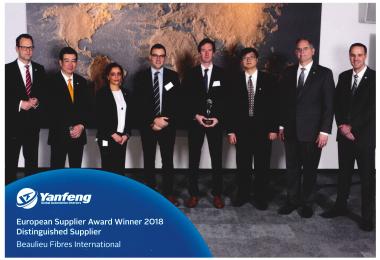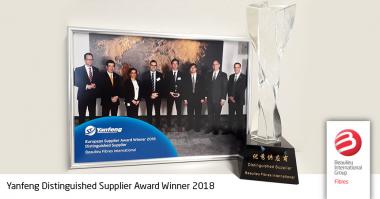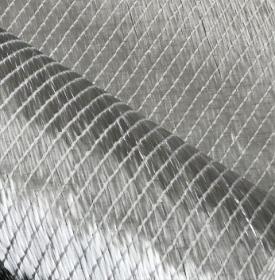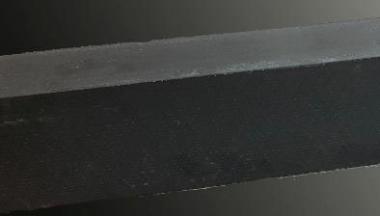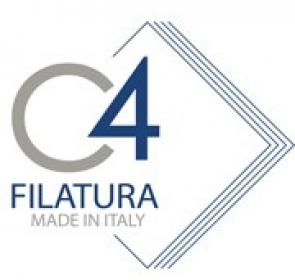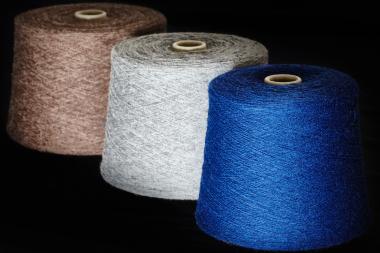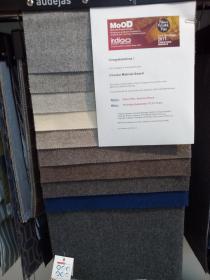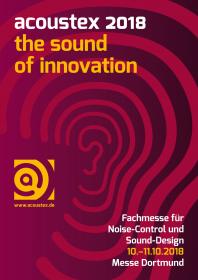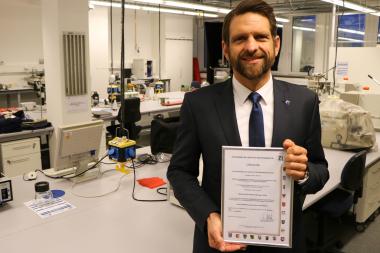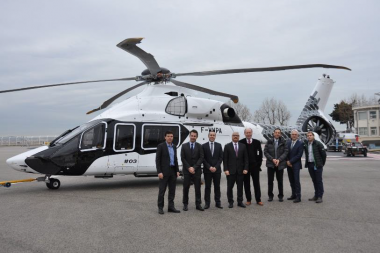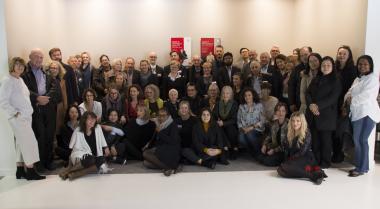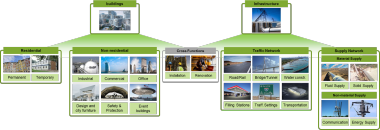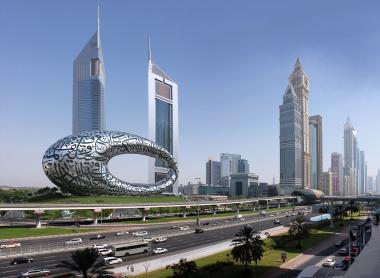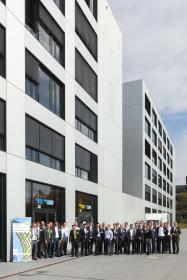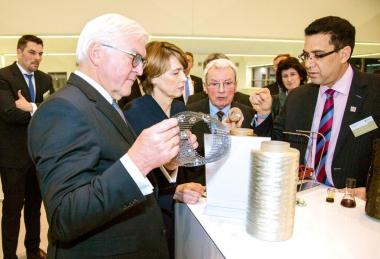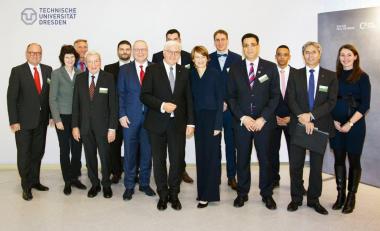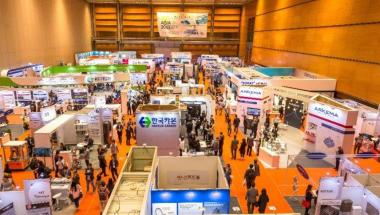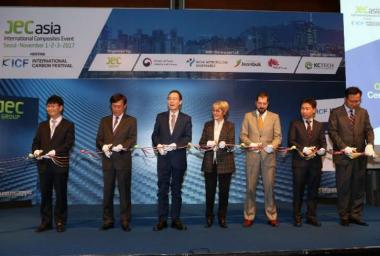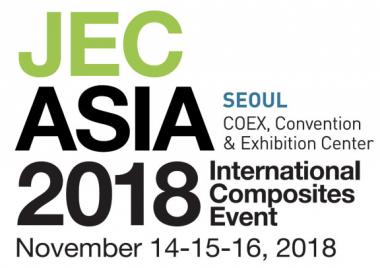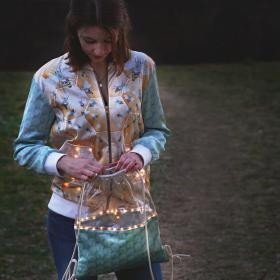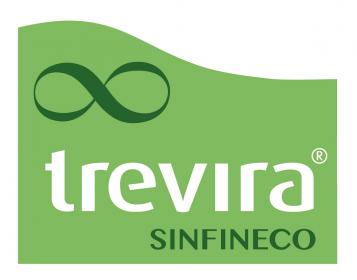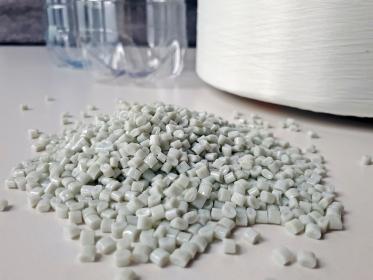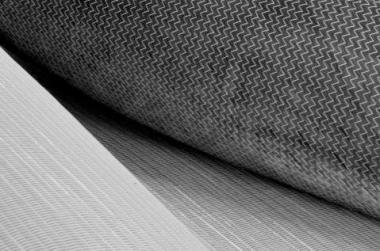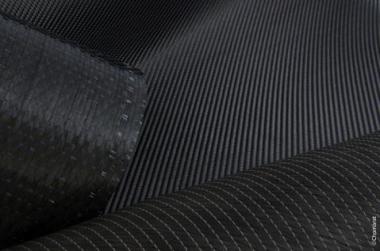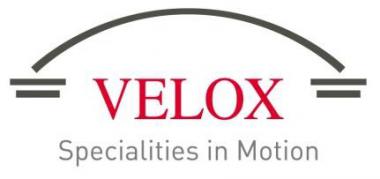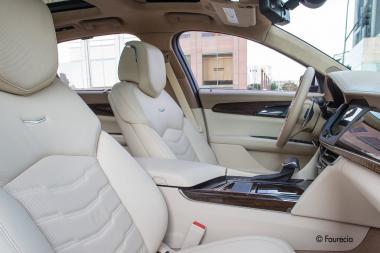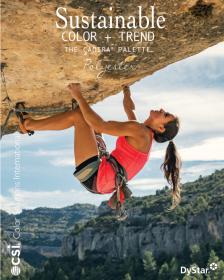JEC GROUP MAKES PARIS THE WORLD’S COMPOSITES CAPITAL
On March 6-8, 2018, Paris will host the largest international trade show for advanced materials: JEC World, which is organized by JEC Group. For three days, more than 43,000 professional visits from some 100+ countries will gather at the world’s most innovative platform for the materials and products that are revolutionizing our century. “One field where France is a global leader is the field of composites!” says JEC Group President and CEO Frédérique MUTEL.
COMPOSITES ARE GOING STRONG
The share of composites in the global economy is growing. The market for these products is worth 83 billion euros, for a volume of 11.23 million metric tons of volume (2017 statistics). Analysts are predicting a steady 5% growth by 2021. From the industrial viewpoint, composites are developing rapidly, with new automated processes for high-volume production.
INNOVATION IN COMPOSITES
“Innovation is there with the raw materials, such as better-formulated resins (and even recyclable ones like thermoplastics) and higher-performance fibers like carbon, glass and aramid. Moreover, natural materials like starch for matrices and flax, hemp, sisal and bamboo for fibers are being introduced. There is also innovation in the ways composites are being used, and with the creation of completely new things like drones, electronic devices, hydrofoils and flying taxis. Composites are currently making progress everywhere there is a need for low weight and performance. They offer nearly infinite possibilities. These are truly the materials of the century. Designers are adopting them in a broad range of fields like smart cities, infrastructure, networks, transportation, medical devices, sports & leisure and design. Composites materials expand the field of possibilities.” explains Ms. MUTEL.
“MAKE IT REAL” AT THE 2018 JEC WORLD TRADE SHOW
To present the latest trends and innovations, the 2018 JEC World has even more surface area, with 68,000 square meters. The 1,350 exhibitors (from carbon fiber producer to auto builder, from designer to decorator, from research fellow to aircraft manufacturer) will display their latest advances. All stakeholders will be present at the show. JEC World received more than 40,000 professional visits last year, and is expecting 43,000 this year!
THE NEW “MUST” THINGS TO SEE
This year, JEC World will have four planets. Besides the aerospace, automotive and construction planets, there will be a new “Make it real” planet, which gives a preview of designer creations to be exhibited at the Ghent museum starting in October 2018. “We will show the many aspects of composites, and how these materials are being gradually incorporated into everyday objects,” adds Ms. MUTEL.
This year’s JEC World will feature a new “Composite Challenge” program that gives the floor to ten PhD students, who will be given five minutes to pitch their research projects with the help of a single slide. “True to its mission, the JEC Group has set up this new program to share the latest research on composites. But it is not just a way to share the most advanced knowledge, it also helps to bridge the gap between academics and the industry and to identify the industry’s next generation of leaders,” she says.
JEC World will also be the occasion to launch Flax & Hemp Fiber Composites, A Market Reality: The Biobased Solution for the Industry, a new book published by JEC Group on the use of plant-based materials.
KNOWLEDGE & NETWORKING PROGRAMS SUPPORTED BY JEC GROUP
The trade show will host well-known speakers, including Dirk AHLBORN, the CEO of Hyperloop Transportation Technologies, a company that is reinventing transportation with high-speed travel (up to 1,300 km/h, or 808 mph), and Yves ROSSY, aircraft pilot and inventor of the first jet-powered wingpack, with which he is able to reach speeds of up to 300 km/h, or 186 mph. The Startup Booster program will pay tribute to startups, and the JEC Innovation Awards program, to innovations. For the first time, the public will be invited to vote on these two programs!
Six new conferences will also address the latest technical advances that are moving the sector forward, and a Composites in Action program will present live demonstrations throughout the show, in three different places.


